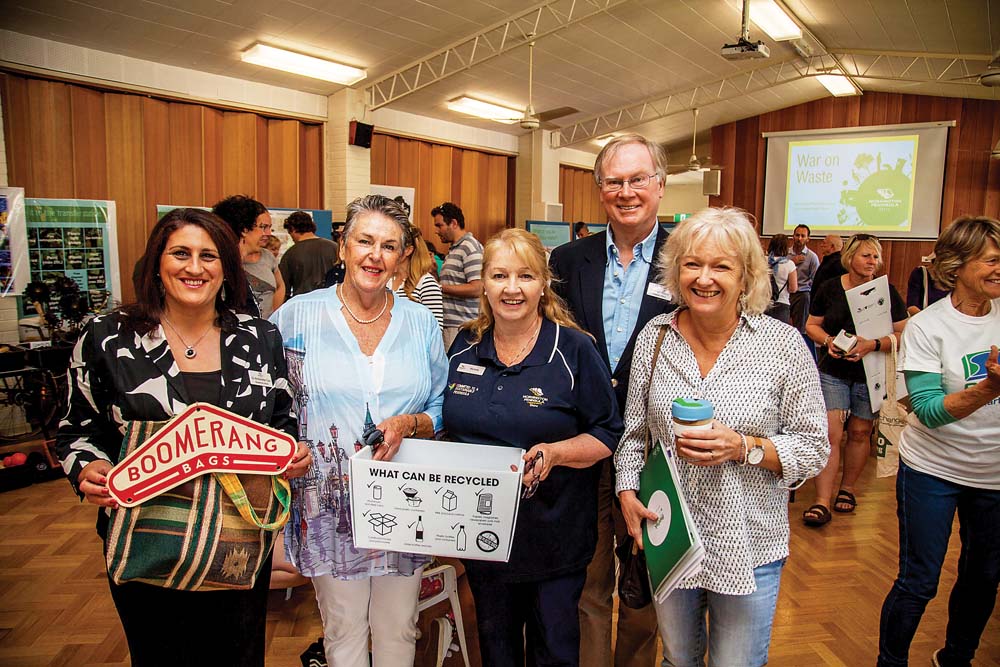By Hugh Fraser*

WASTE was offensive and stuck in the ground to be forgotten until typhoid and cholera reared their ugly heads. It still is. In medieval times it dropped down from a hole in a plank in a room in the castle walls into another hole in the ground or at the bottom of the domestic garden.
Fast forward 800 years to the 21st century – we still do so – into the septic euphemistically called “settling tank” to contaminate the ground water we love to pump up and use on our golf courses and gardens.
As to household food (putrescible) waste, it too goes into a hole in the ground at the Rye landfill owned by Mornington Peninsula Shire.
It’s time to stop all this nonsense: there are alternatives.
The Nepean Peninsula has 246 kilometres of mains sewerage, which have been rolled out since 2013 to collect 7.2 million litres of sewerage from 16,000 properties. All at a cost of $357 million. This is “hubbed”, or collectivized, in economies of scale and processed off the peninsula to Class A water and returned safely to our environment.
To be responsible for our own waste is to abandon our putrid septics and connect up to our cutting edge technology mains sewerage and – stop the drop into the ground.
And stop the drop of our putrescible waste into our Rye landfill too. It generates 48 per cent of this shire’s greenhouse gas emissions. The shire is committed to address climate change and become carbon neutral by 2021. The state government taxes this council $2.8m a year to use our own landfill and it costs ratepayers big money to maintain and continue to expand it.
There is a better biogas way. Yarra Valley Water takes all the RACV city food waste to generate enough biogas to fire up generation of all the power it needs to run its sewerage farm and pump power into the grid – diverting 33,000 tonnes a year of food waste from landfill. But this shire sends the equivalent amount to its Rye landfill.
In China, Europe and the United States household waste is burnt in waste-to-energy (W2E) plants. I have seen plants that can process 250,000-1.5 million tonnes a year – half of the three million tones a year Melbourne and its metropolitan region sends to landfill.
The technology is just waiting for enough innovative councils with enough waste feedstock to “hub” or collectivise it, create economies of scale, collectivise their many individual kerbside waste collection contacts to contracts with a common duration, to persuade the state government to unlock its $400m plus “treasure chest” landfill levy fund, to go to the market and get on with the application of this proven W2E technology.
To be responsible for our household waste is to responsibly abandon our landfills in favour of W2E facilities and stop the drop into the ground.
* Nepean ward councillor Hugh Fraser recently visited China as part of a study tour of W2E facilities with Mornington Peninsula Shire’s chief operating officer Niall McDonnagh and team leader waste Daniel Hinson, councillors and officers from the City of Greater Dandenong and the Metropolitan Waste Resource Recovery Group. Cr Fraser is the council’s delegate to the Metropolitan Waste Forum. This is an edited version of a talk he gave to a community waste forum held by the shire in October at Dromana.
First published in the Southern Peninsula News – 21 November 2017